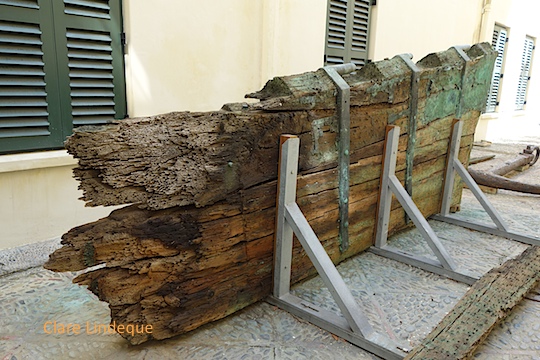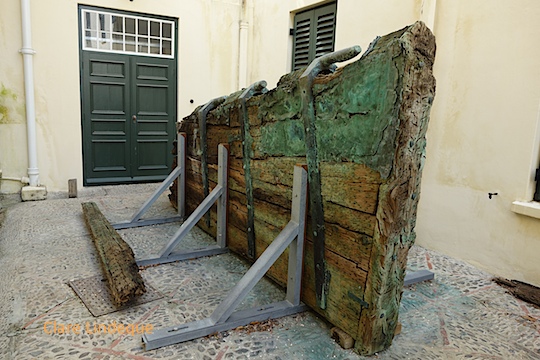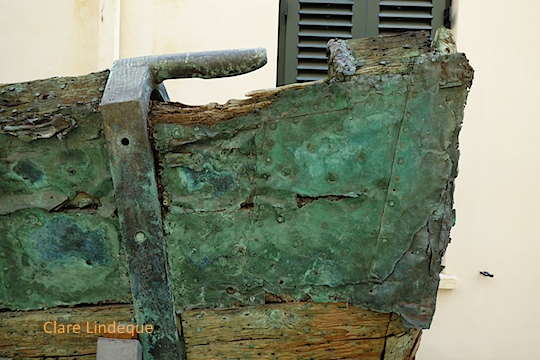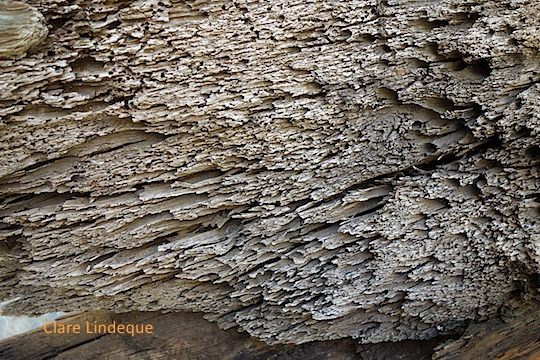Citizen Science Day 2018 was on Saturday 14 April, and the day was dedicated to a Citizen Science Fair in the conference facilities at Kirstenbosch Gardens. I attended most of the talks, and took a stroll around the expo to see what projects are on offer.

I tweeted throughout the day, and have embedded the tweets starting each of my threads below. Click on the tweet (just in the middle, on the white background) to open it on twitter and see the full thread of everything that was shared, or just click on the links in the text preceding each of the three tweets. I included lots of links, so if you want to get more information on any of the citizen science projects in question, half the legwork has been done for you.
Here’s a thread of what took place before teatime:
[tweet 985052929790013441 hide_thread=’false’]
Before lunch this is what happened:
[tweet 985081931070164996]
And after lunch we heard all this!
[tweet 985118792819896325]
Not surprisingly, iNaturalist featured strongly. It’s replaced iSpot, and many of the projects rely on iNaturalist for recording of sightings, and identification. You can create an account for yourself and start contributing to several projects by submitting photographs of what you’ve seen, and tagging them appropriately. Here’s SeaKeys on iNaturalist, and more information on this important project – which is a good place to start as a diver in Cape Town.

We’ve posted before about citizen science opportunities in Cape Town; here’s the info on marine projects, and here is more detail on a few of the terrestrial ones. There’s a LOT going on in this wonderful world, so you can definitely find what interests you!






























